Time Period: Early Twentieth Century (1901 - 1940)
 Hendrix College Concert Band
Hendrix College Concert Band
Henry Atchley House
Henry McKenzie House
 Dallas Herndon
Dallas Herndon
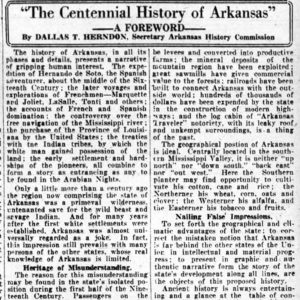 Article by Dallas T. Herndon
Article by Dallas T. Herndon
Herndon, Dallas Tabor
Herschell-Spillman Carousel
aka: Over the Jumps Carousel
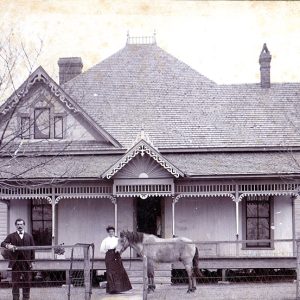 Hester House
Hester House
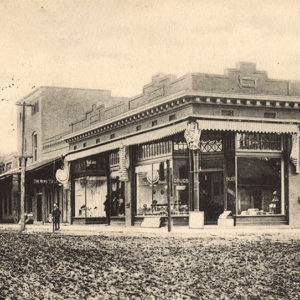 Hesterly Drug
Hesterly Drug
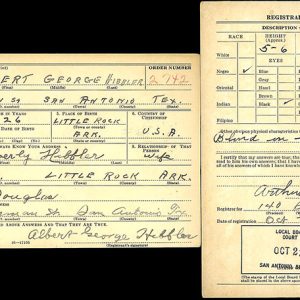 Hibbler Draft Card
Hibbler Draft Card
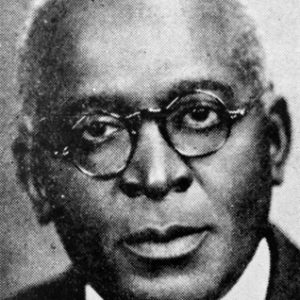 John Hibbler
John Hibbler
Hicks, Ed
Hicks, Robert (Lynching of)
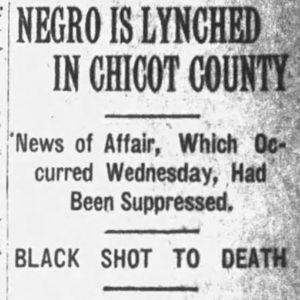 Robert Hicks Lynching Article
Robert Hicks Lynching Article
 High Lonesome Road
High Lonesome Road
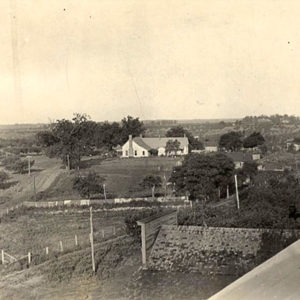 Highland Orchard
Highland Orchard
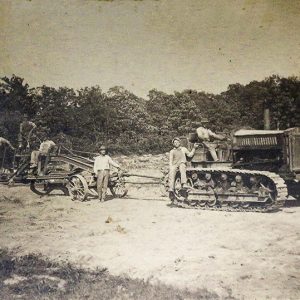 Highway 14 Construction
Highway 14 Construction
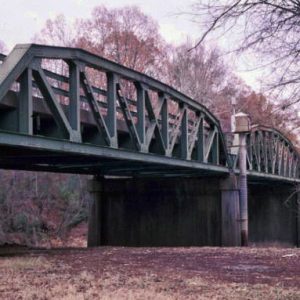 Highway 67 Bridge
Highway 67 Bridge
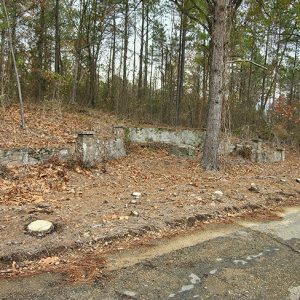 Highway 67 Rest Area
Highway 67 Rest Area
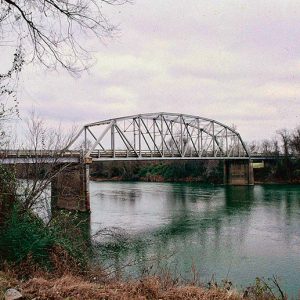 Highway 7/51 Bridge
Highway 7/51 Bridge
Highway 7/51 Bridge
aka: Arkadelphia Bridge
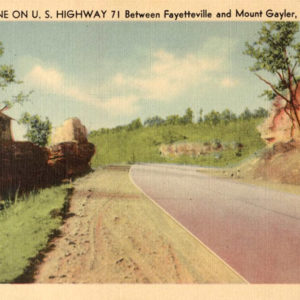 Highway 71 Postcard
Highway 71 Postcard
Highway 79 Bridge
Hill, Joseph Morrison
Hill, Robert Lee
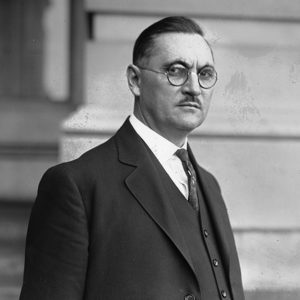 Samuel B. Hill
Samuel B. Hill
Hill, Samuel Billingsley
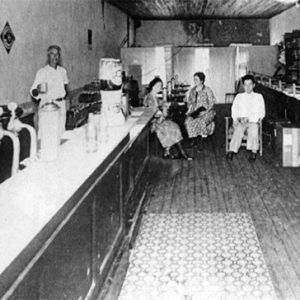 Hillbilly Cafe
Hillbilly Cafe
Himes, Chester Bomar
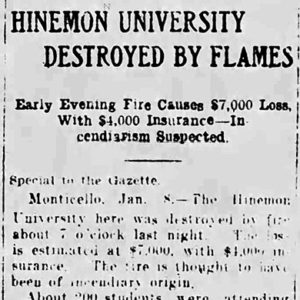 Hinemon University Article
Hinemon University Article
Historic Dyess Colony: Boyhood Home of Johnny Cash
aka: Johnny Cash Boyhood Home
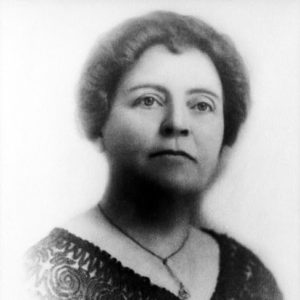 Willie Hocker
Willie Hocker
Hocker, Willie Kavanaugh
Hodges House
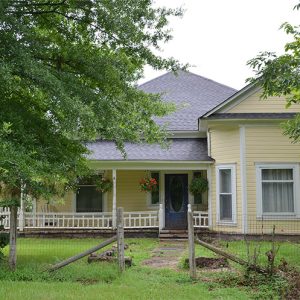 Hodges House
Hodges House
Hodges v. United States
Hodges, Earle William
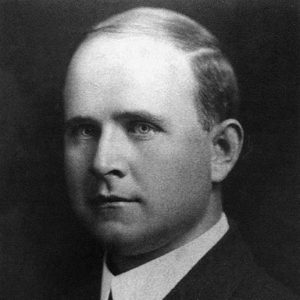 Earle Hodges
Earle Hodges
Hodges, Thomas L.
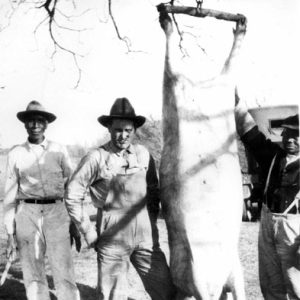 Hog Butchering
Hog Butchering
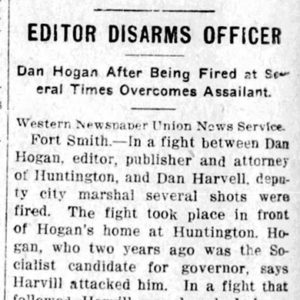 Dan Hogan Article
Dan Hogan Article
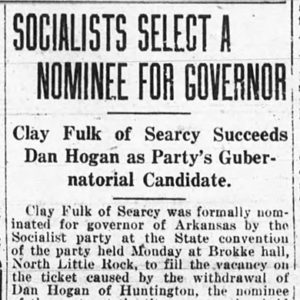 Dan Hogan Withdrawal
Dan Hogan Withdrawal
Hogan, Dan
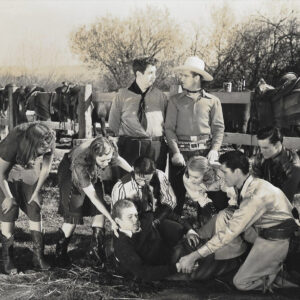 Dick Hogan in Rancho Grande
Dick Hogan in Rancho Grande
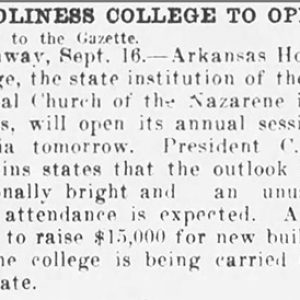 Holiness College Story
Holiness College Story
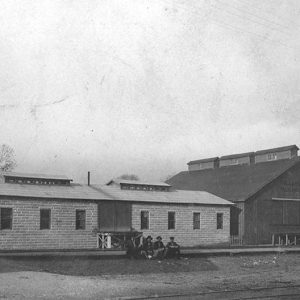 Holland-American Fruit
Holland-American Fruit
 Hollenberg Building
Hollenberg Building
Holloway, William Judson
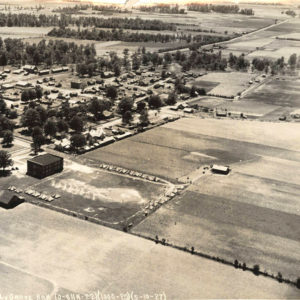 Holly Grove Refugees
Holly Grove Refugees




